Navy uses European exercise to help evaluate unmanned vessels
Task Force 66 is focused on using low-cost systems, such as commercial-off-the-shelf USVs, to “impose costs on the adversary,” Rear Adm. Michael Mattis told Breaking Defense in an interview.


Royal Navy Archer Class P2000 patrol vessels HMS Pursuer (P273) conducts counter unmanned surface vessel operations with global autonomous reconnaissance crafts (GARC) attached to Commander, Task Force 66 during Baltic Operations (BALTOPS) 2025. (US Navy video by Mass Communication Specialist 2nd Class Christine Montgomery)
WASHINGTON — The commander of a US Navy task force focused on employing unmanned systems said his team is making decisions about which can be “operationalized,” and which will be sidelined for further development.
“At this point, we have had a variety of unmanned systems that we have worked with, some of which are experimental, others of which are in the in the mode of being operationalized,” Rear Adm. Michael Mattis, commander of what the service has dubbed “Task Force 66,” told Breaking Defense in an interview.
The task force, which was established in May 2024, participated in Baltic Operations 2025 (BALTOPS), a reoccurring major international maritime exercise featuring the US and NATO countries. That exercise, which took place throughout June, played an integral role in helping the service evaluate various USVs on the commercial market.
Mattis, whose office falls under the Navy’s three-star operational command, US 6th Fleet, described Task Force 66 as being focused on using low-cost systems, such as commercial-off-the-shelf USVs, to “impose costs on the adversary.” He added that much of that work has been based on products and intelligence the US has provided to Ukraine, which he declined to describe in further detail citing classification levels.
While Mattis’s decisions on which systems are viable don’t limit other fleet commanders’ decisions, TF-66’s acceptance and implementation of some vessels is part of a broader, albeit slow-moving, trend by the service to proliferate its fleet with unmanned surface and subsurface vessels.
RELATED: ‘Oversaturated’: Can the Navy make good on unmanned vessel demand after industry surge?
Mattis said the event included “red versus blue scrimmages” where sailors were tasked with participating in either side of an engagement featuring several unmanned surface vessels staging an attack on a warship.
Mattis said the Navy was using at least 10 Global Autonomous Reconnaissance Craft USVs during BALTOPS. Those craft have already been greenlit by the broader Navy as part of its procurement through the Pentagon’s Replicator program.
The service also used 10 HavocAI Rampage USVs, which the admiral characterized as “multi-mission,” during the exercise, focused on contested logistics missions to support troops ashore. He said TF-66 does not plan to operationalize the current configuration of that USV but is considering future iterations.
BALTOPS further included two Seasats Lightfish USVs, which Mattis said are “operational at this point, but we put them through a series of trials to essentially become confident that we could operationalize them for longer durations.”
Tangential to operating individual USVs, Mattis said TF-66 is working on controlling numerous autonomous vessels through a “single pane of glass,” referring to the notion of commanding multiple vehicles through a singular command-and-control station. And beyond controlling multiple American vessels, Mattis said his team is also working to integrate that capability with NATO allies.
“We have demonstrated in these software architectures the ability to control multiple boats. I think … our current record is controlling about 12 USVs and one [unmanned aerial system] simultaneously from one single pane of glass,” he said.






















































































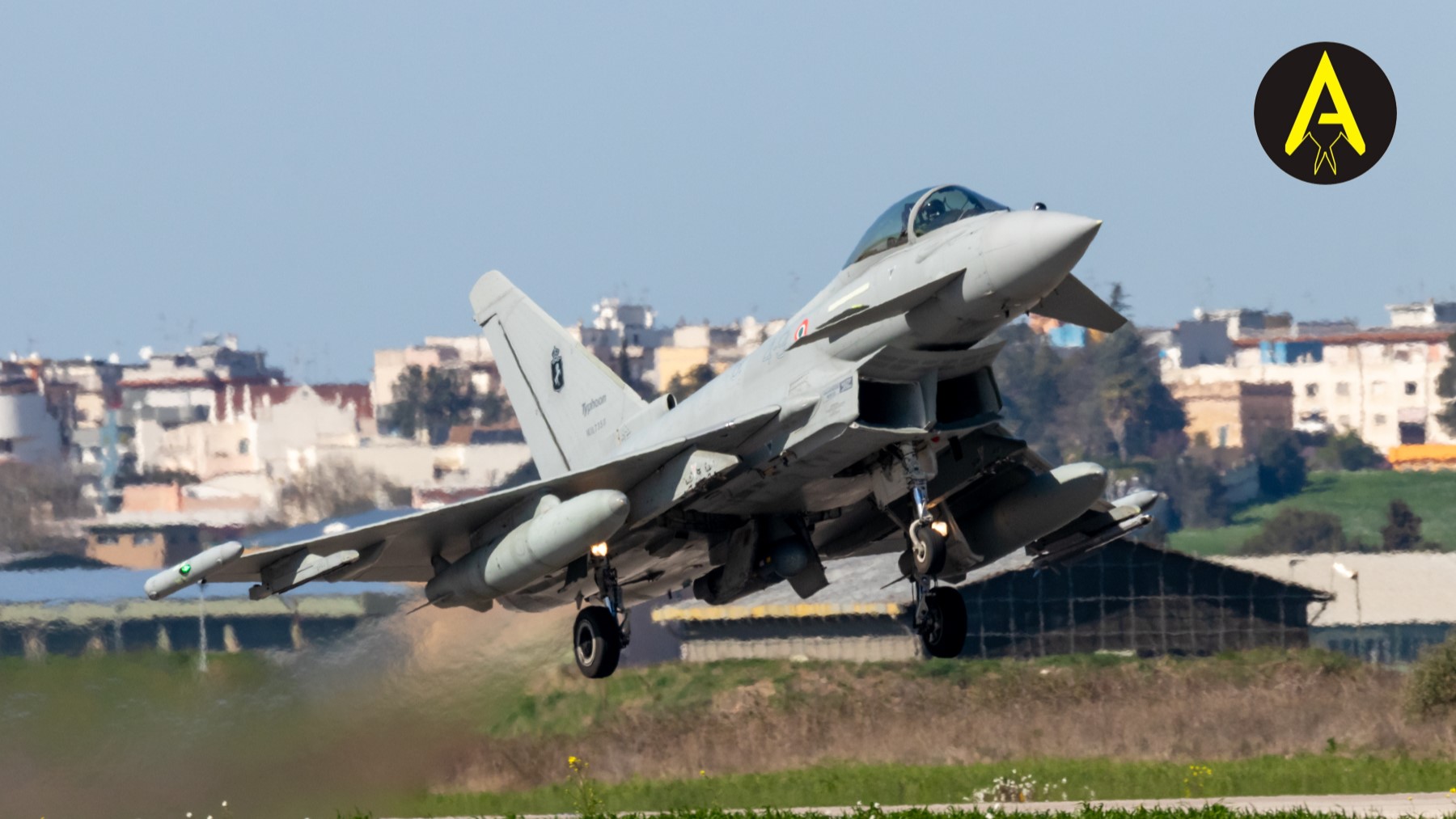













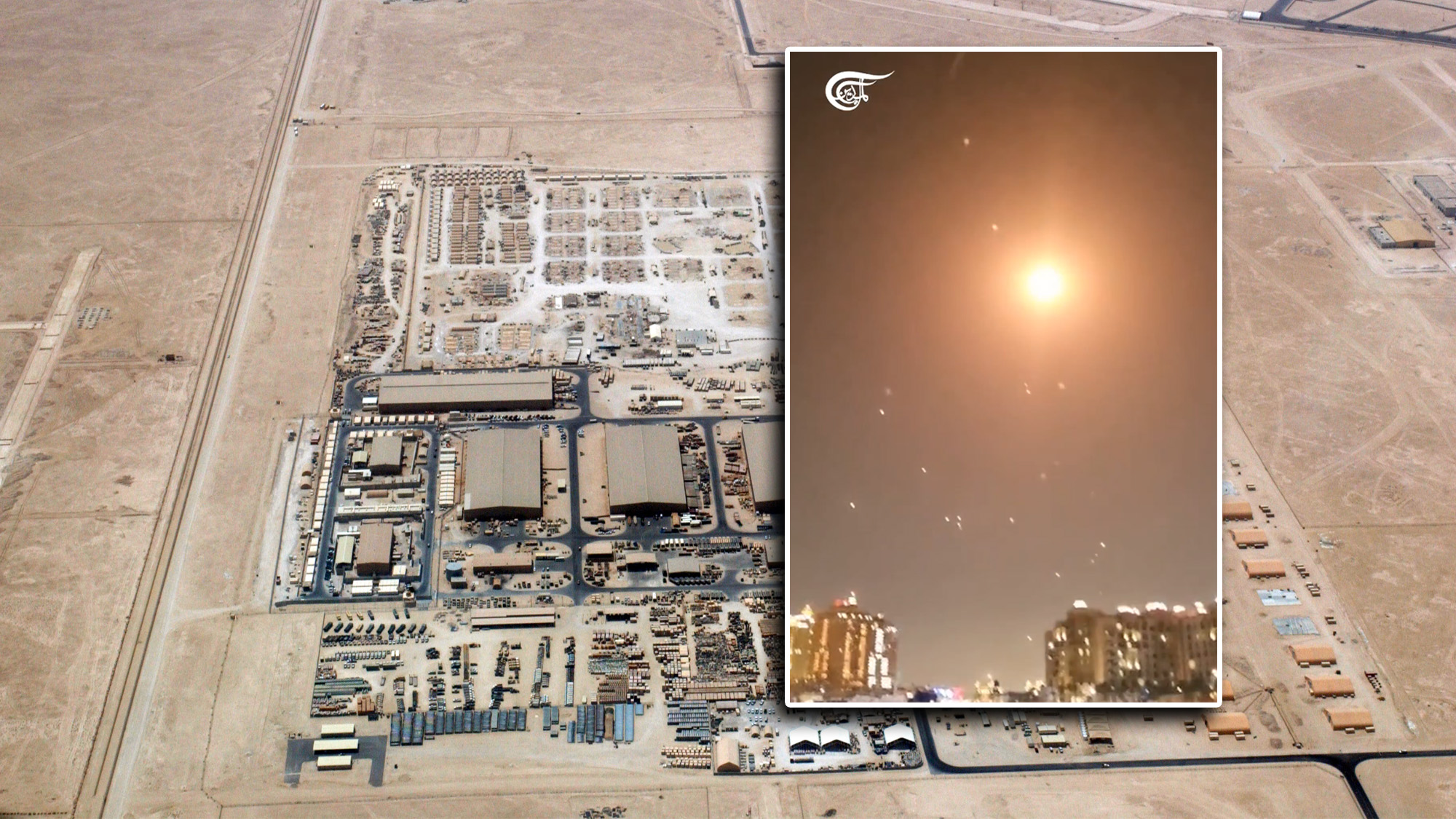
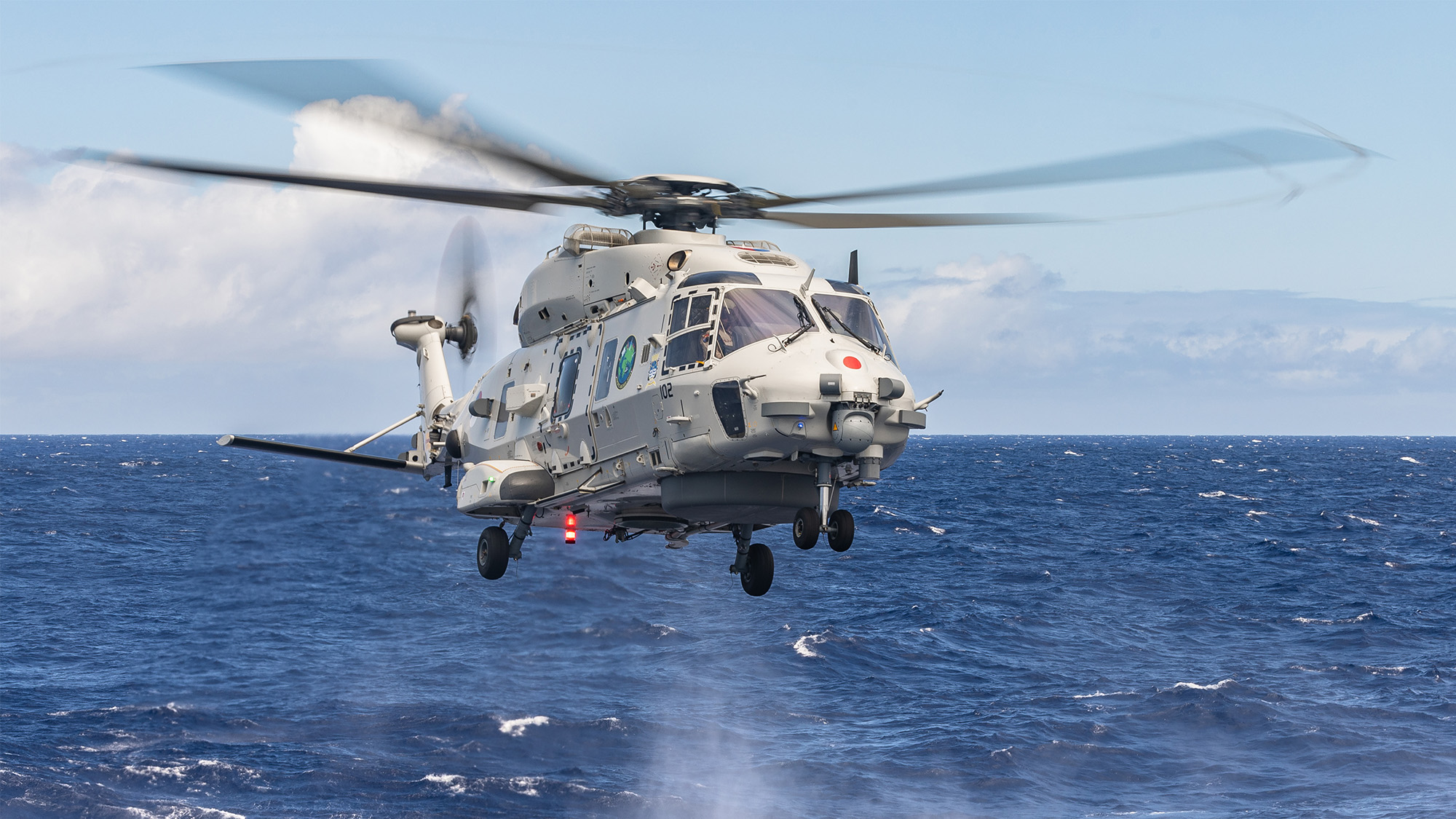
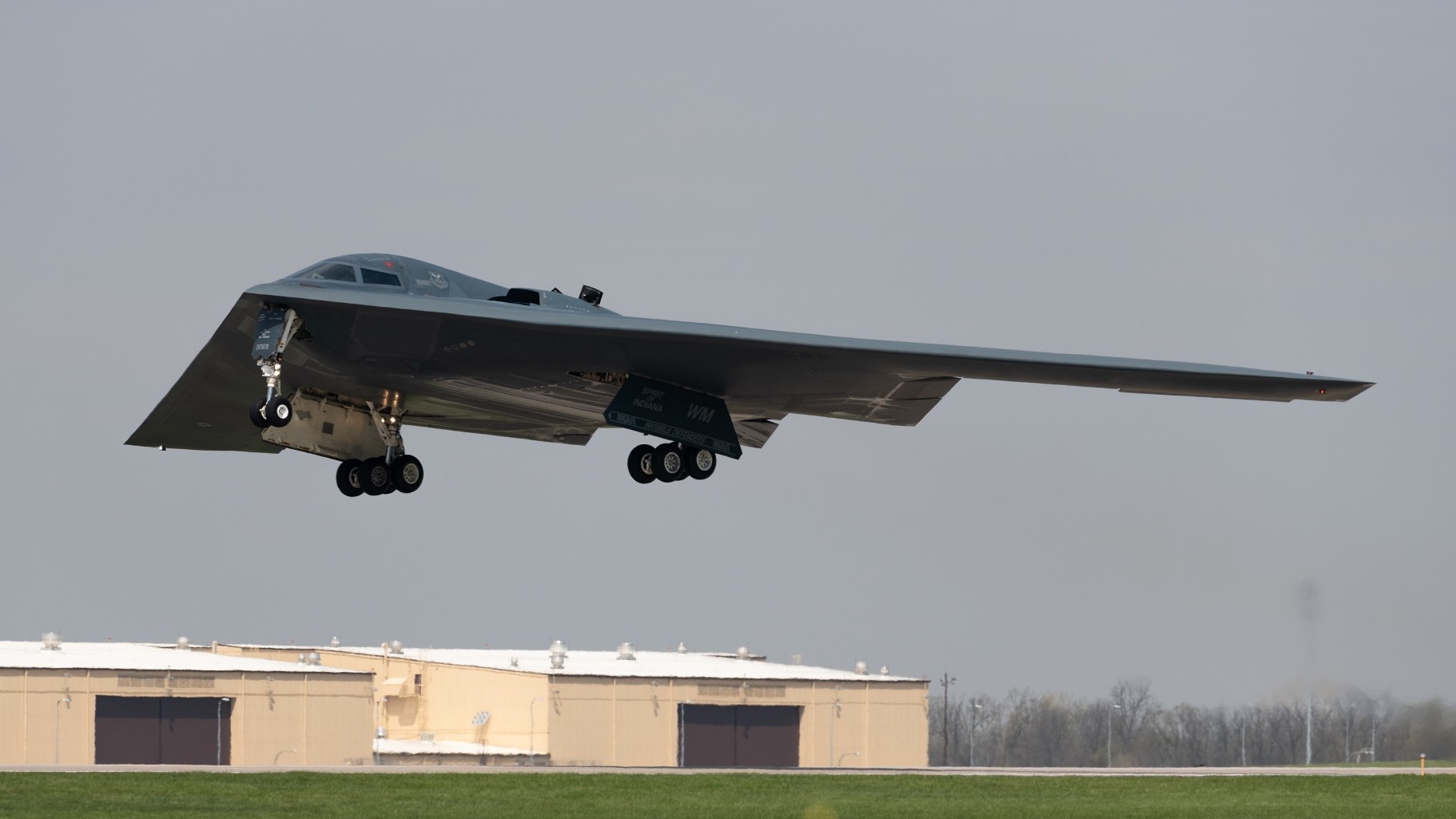


















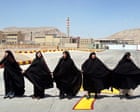
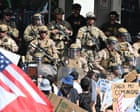



















![An FCAS fracas and Embraer’s European embrace: Paris Air Show Day 2 [Video]](https://breakingdefense.com/wp-content/uploads/sites/3/2025/06/IMG_3682-e1750159767304.jpg?#)


